This week, Amazon announced plans to invest $9 billion in Singapore to cheers from more than 1,000 people in a large conference hall.
After decades of playing second fiddle to China and Japan, the region of 675 million people is attracting more technology investment than ever before, with the world’s largest companies expected to spend $60 billion on data centers alone in the next few years in Southeast Asia, according to Bloomberg.
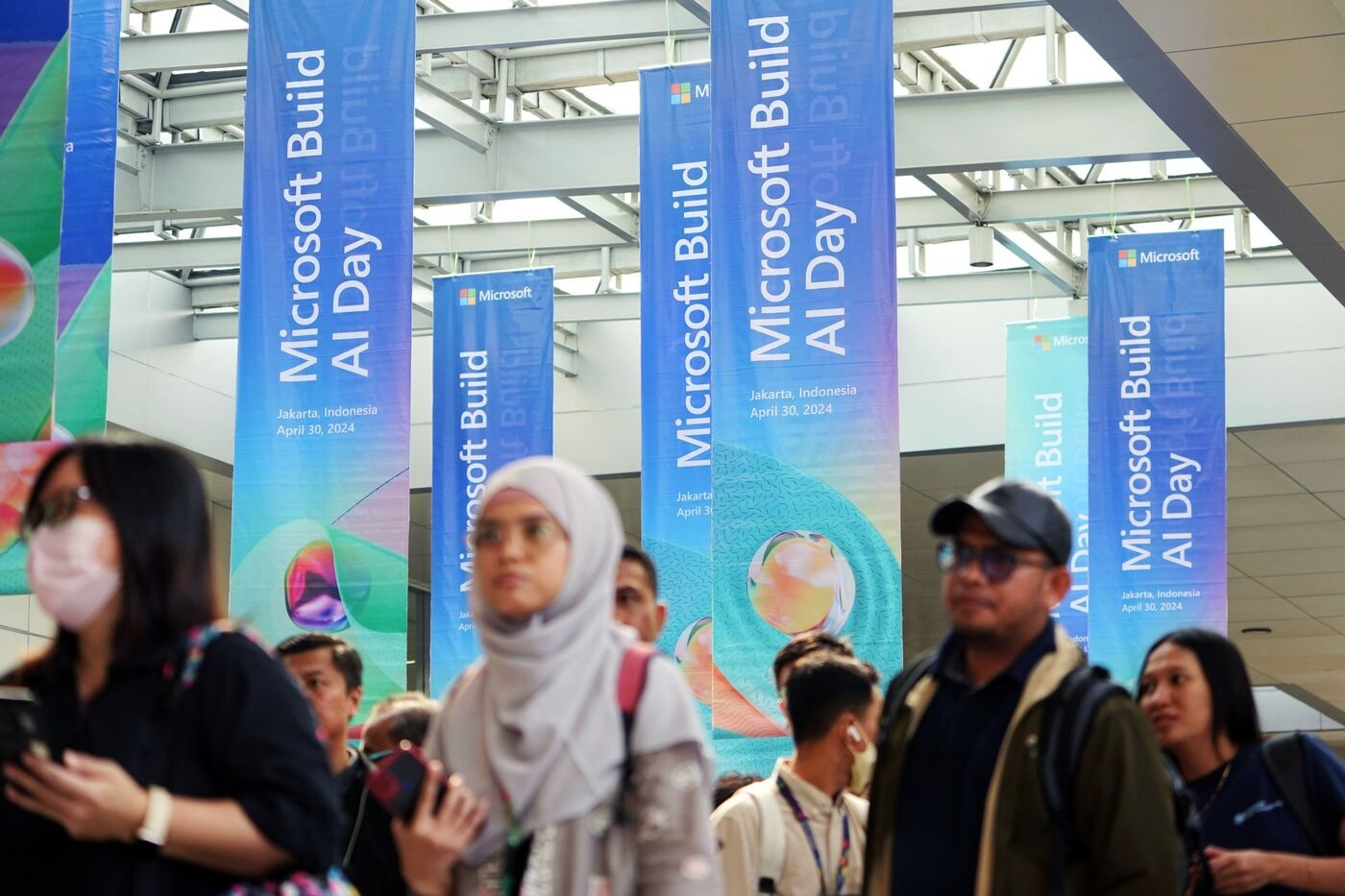
Microsoft Build AI Day held on April 30 in Indonesia. Photo: Bloomberg
Silicon Valley is looking to business-friendly countries with a wealth of talent and rising per capita incomes. The advent of AI is pushing tech leaders to pursue new sources of growth, laying the digital infrastructure for the region’s future.
“Countries like Singapore and Malaysia have largely been neutral to the geopolitical tensions that are happening with China, the US, Ukraine and Russia. Especially with the ongoing wars, the region has become more attractive,” said Sean Lim, managing partner at NWD Holdings, which invests in AI-based projects and other sectors.
Take Tim Cook and Satya Nadella, who last month made their biggest tour of Southeast Asia in years. The region has become a major battleground between Amazon, Microsoft and Google in future technologies like artificial intelligence and the cloud.
With its growing workforce, Southeast Asia has the potential to replace China as the talent hub supporting Big Tech’s global operations. As governments push to upgradeeducation and infrastructure, it is becoming an attractive location for everything from manufacturing to data centers to research and design.
Southeast Asia has also become a major market for online services and gadgets. About 65% of Southeast Asia’s population will be middle class by 2030, with growing purchasing power, according to Singapore’s government. That will help double the region’s internet services market to $600 billion, according to a report by Google, Temasek and Bain & Co.
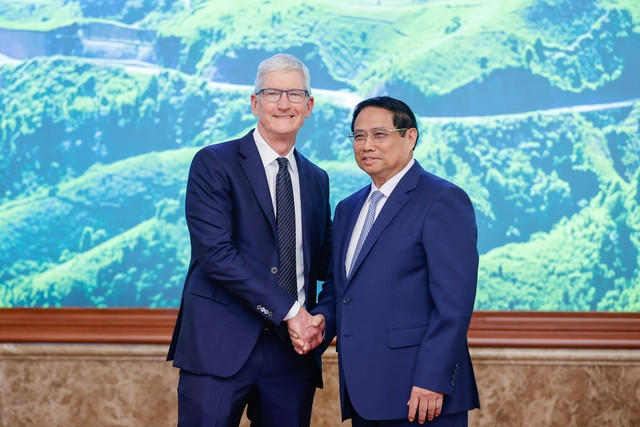
Apple, which sells expensive products that are out of reach for most Southeast Asians, is opening more Apple Stores. CEO Tim Cook visited Vietnam, Indonesia and Singapore in late April, meeting with government leaders and announcing new investments as the company seeks new growth areas outside China.
During the first quarter results conference, Apple's head said that the company's market share in markets like Southeast Asia is still low. However, with a large and growing population, their products have really made great strides.
Microsoft CEO Satya Nadella was also warmly welcomed after a business trip to Malaysia, Indonesia and Thailand last week.
The catalyst for tech companies is generative AI, with services like ChatGPT gaining traction. Rapid AI adoption in Southeast Asia has the potential to add about $1 trillion to the region’s economy by 2030, according to a forecast by consulting firm Kearney.
That means more data centers will be needed to store and process the massive amounts of data generated by content creators, businesses, and consumers. Data center demand in Southeast Asia and North Asia is expected to grow by about 25% per year through 2028, according to Cushman & Wakefield.
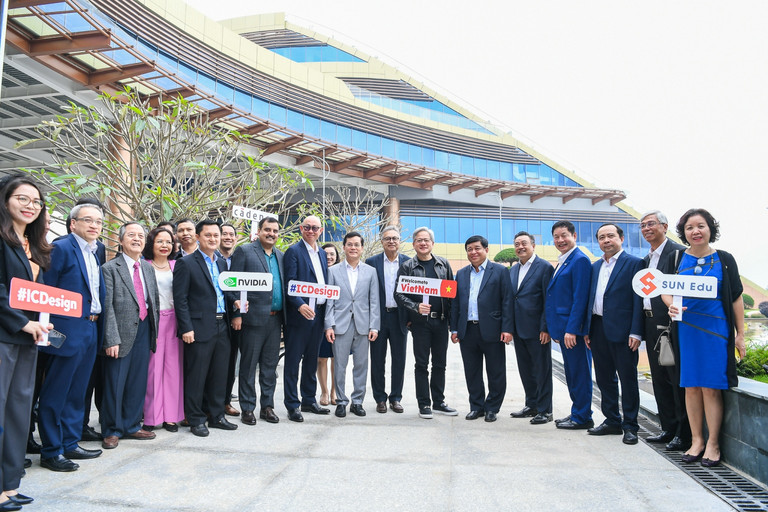
Nvidia CEO Jensen Huang visited Southeast Asian countries, including Nvidia. In December 2023, during a discussion on the development trends of the semiconductor industry, AI and opportunities for Vietnam, he said: “We are committed to making Vietnam our second home and establishing a legal entity in Vietnam.” He also enjoyed street food and egg coffee, a Vietnamese specialty.
Nvidia sees Hanoi, Ho Chi Minh City and Da Nang as potential locations for investment, with Vice President of Global AI Initiatives Keith Strier visiting the cities last month.
Comprising more than a dozen countries that are politically, culturally and geographically diverse, Southeast Asia is not the easiest market for global companies. But now Big Tech is seizing advantages like a highly skilled workforce that is useful for building expensive technologies like large language models. Most US companies have announced training programs with local governments, with Microsoft promising to train a total of 2.5 million people in Southeast Asia in AI skills by 2025.
Big Tech’s shift is driven by both internal and external factors, said Nicholas Lee, deputy director of the Singapore office of political consultancy Global Counsel. In addition to US-China tensions and policy differences between major jurisdictions, they face slowing revenue growth and rising costs, forcing them to manage costs carefully.
(According to Bloomberg)
Source: https://vietnamnet.vn/viet-nam-va-dong-nam-a-ngay-cang-quan-trong-voi-big-tech-the-gioi-2279869.html



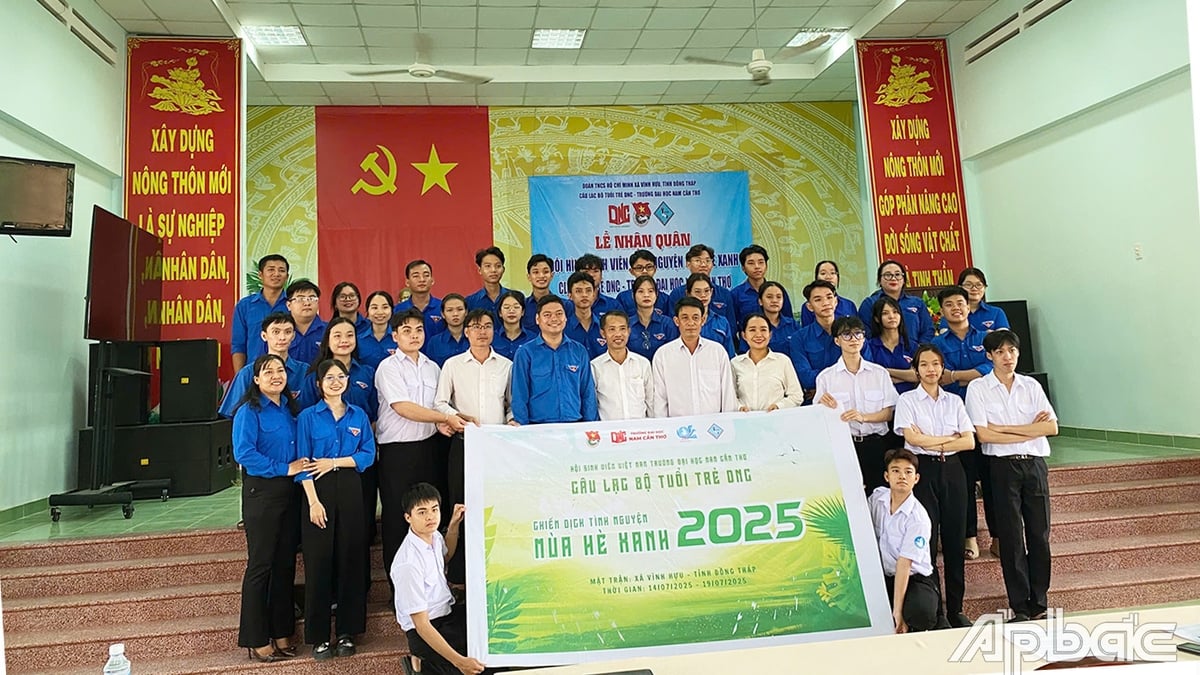
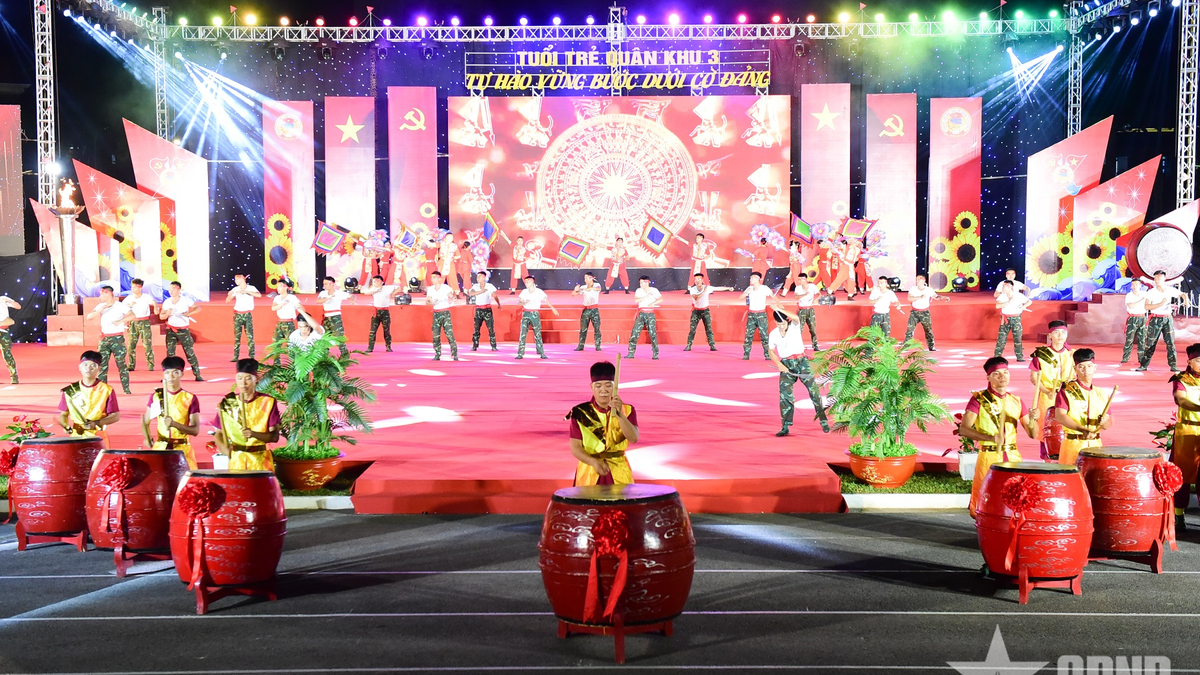


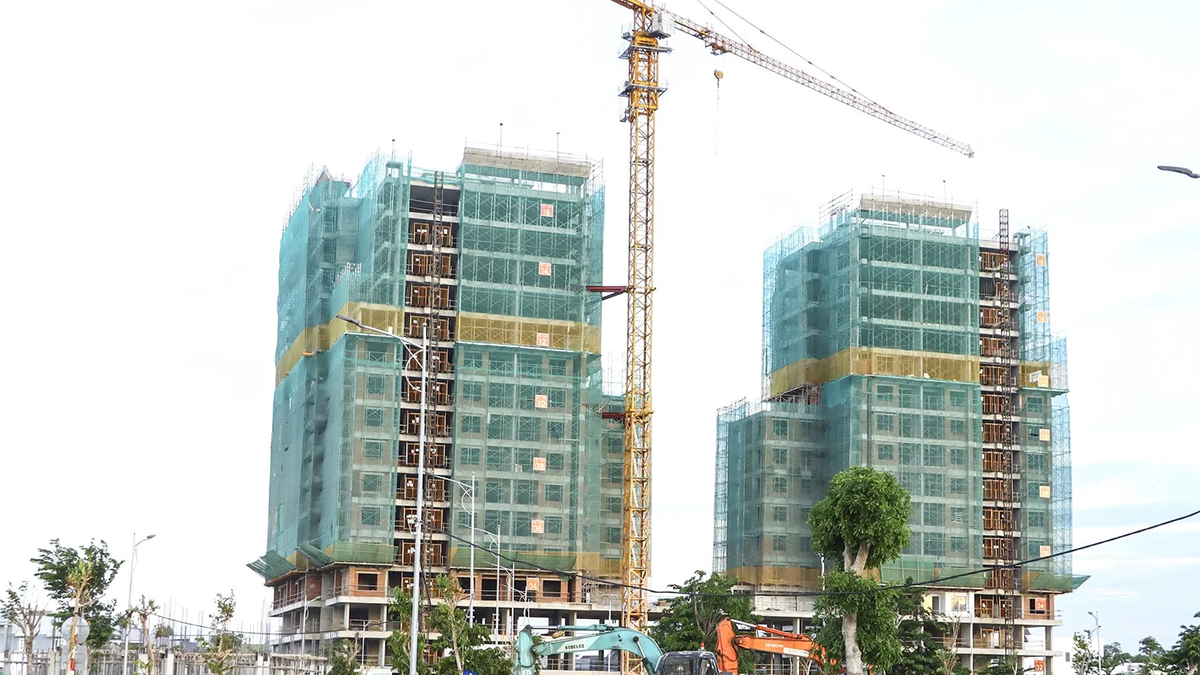
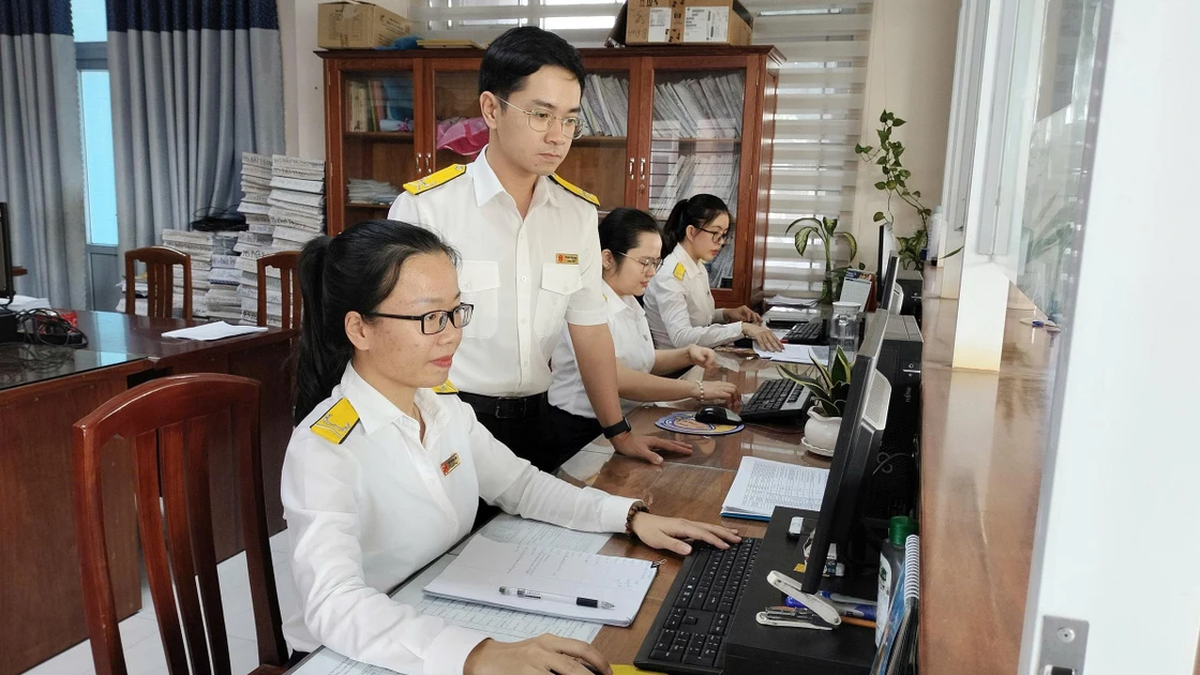

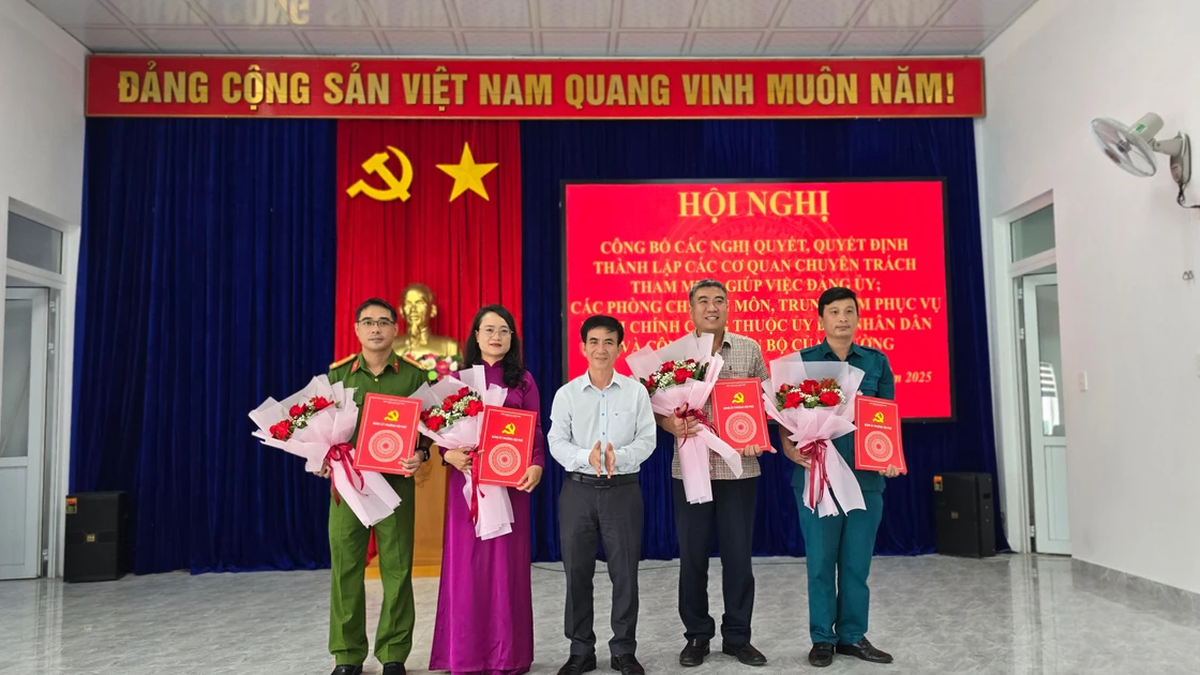





















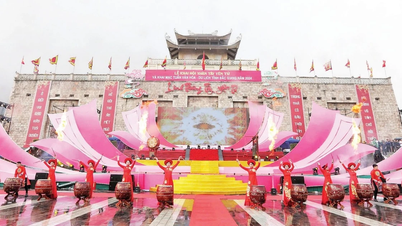








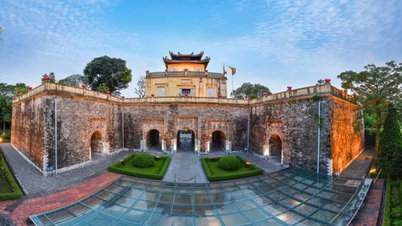












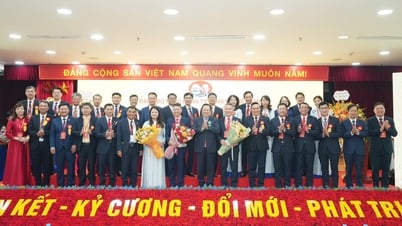






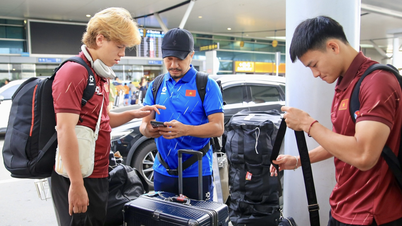

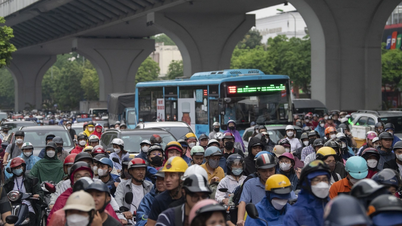
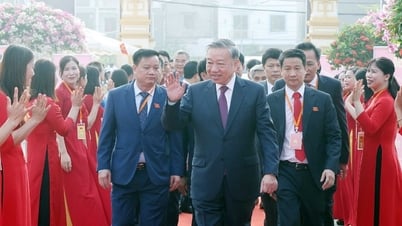
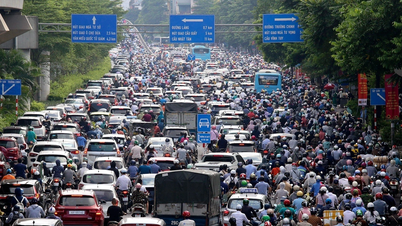
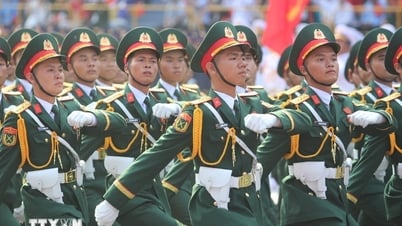


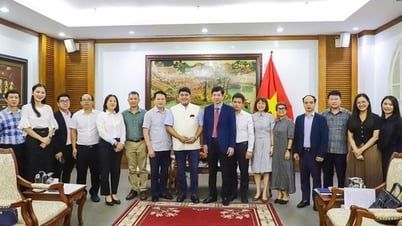

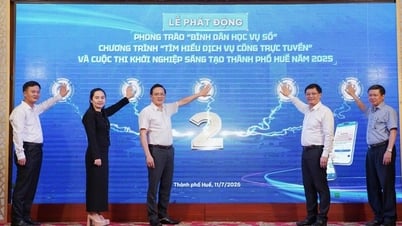















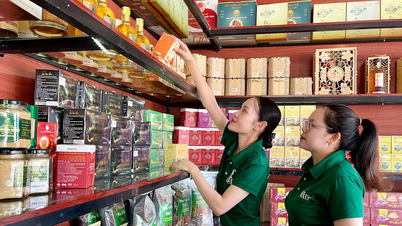











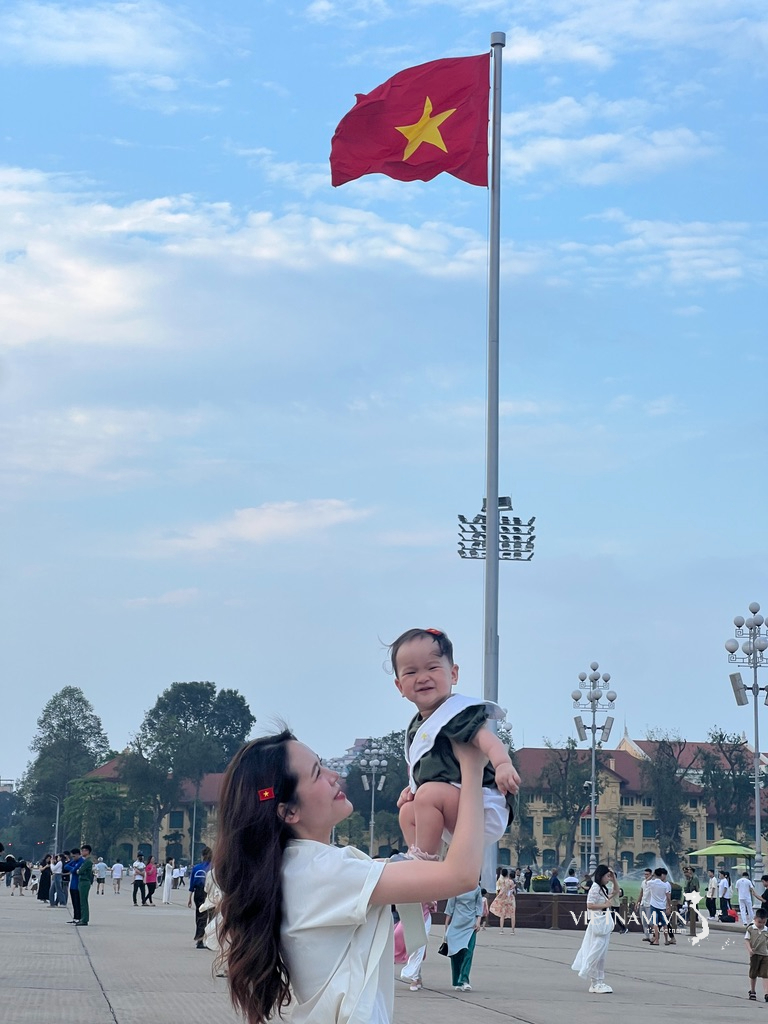
Comment (0)